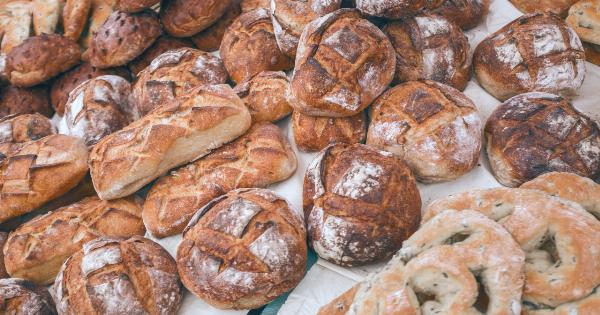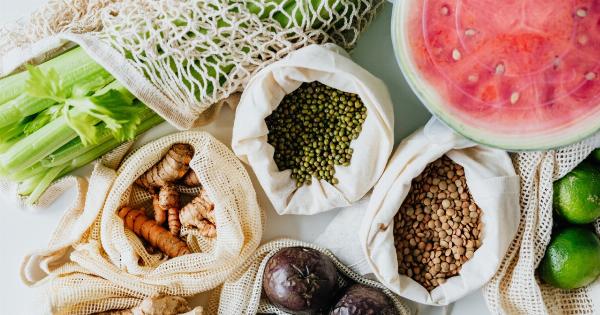Proper food storage is essential to prevent spoilage and the growth of harmful bacteria. While refrigeration is a common method for keeping food fresh, not all foods require immediate refrigeration.
The length of time that food can stay out before needing to be refrigerated depends on various factors such as the type of food, temperature, and handling practices. In this article, we will explore the recommended guidelines for different food categories and offer tips for safe food storage.
Perishable Foods
Perishable foods are the ones that can spoil quickly and pose a higher risk of bacterial growth. These foods should always be refrigerated promptly to maintain their quality and prevent foodborne illnesses. Perishable foods include:.
- Meat, poultry, and seafood
- Dairy products like milk, yogurt, and cheese
- Eggs and egg-based products
- Prepared or cooked foods
- Cut fruits and vegetables
Perishable foods should not be left out at room temperature for more than two hours. If the temperature is above 90°F (32°C), the time decreases to only one hour. It is crucial to note that these guidelines apply to both cooked and raw perishable foods.
Non-Perishable Foods
Non-perishable foods are the ones that can be safely stored at room temperature and have a longer shelf life. The absence of moisture or low moisture content in these foods inhibits bacterial growth and spoilage. Non-perishable foods include:.
- Canned goods
- Dried fruits and vegetables
- Crackers, cookies, and other packaged snacks
- Boxed cereals and grains
- Dried pasta and rice
- Nuts and seeds
These foods can stay out of the refrigerator for an extended period, ranging from a few months to a few years, depending on the specific food item and storage conditions.
However, it is important to ensure that the packaging remains intact and undamaged to prevent pests or moisture from contaminating the food.
Baked Goods
Baked goods like bread, pastries, and cakes generally have a shorter shelf life than non-perishable foods but can withstand room temperature storage for a certain period.
The preservatives used, moisture content, and ingredients influence how long these goods can stay fresh. Here are some general guidelines:.
- Store-bought bread can be kept at room temperature for about 3-7 days, depending on the type and quality.
- Homemade bread typically lasts for 2-3 days outside the refrigerator.
- Pastries and cakes with cream or custard fillings should be refrigerated within 2 hours of preparation.
- Dry cakes and cookies can remain at room temperature for up to a week.
It is advisable to check for any signs of spoilage, such as mold or unusual odors, before consuming baked goods that have been stored at room temperature.
Canned Foods
Canned foods are a widely popular category of non-perishable goods. They are sealed and processed to inhibit bacterial growth and prolong shelf life.
As a result, canned foods can be safely stored at room temperature for an extended period, mostly ranging from 1 to 5 years, depending on the type of food.
However, it is important to observe the best-by date or expiration date printed on the cans. If a can is damaged, bulging, or leaking, it needs to be discarded immediately, as these signs may indicate that the food inside is spoiled or contaminated.
Leftovers and Takeout Food
Leftovers and takeout food require timely refrigeration to maintain their safety and quality. Leaving them at room temperature exposes the food to bacteria, which can cause foodborne illnesses.
Here are some guidelines for storing leftovers and takeout food:.
- Transfer the food to airtight containers or wrap it tightly with foil or plastic wrap before refrigerating.
- Refrigerate the leftovers within two hours of cooking or receiving takeout food.
- Label the containers with the date to ensure they are consumed within a safe timeframe.
- Consume leftovers within 3-4 days to ensure optimal taste and safety.
It’s worth noting that certain foods with high moisture content, such as soups or sauces, may not last as long as other leftovers. It is best to use your judgment and inspect the food for any signs of spoilage before consuming it.
Tips for Safe Food Storage
Following these tips for safe food storage can help reduce the risk of foodborne illnesses and keep your food fresh:.




























